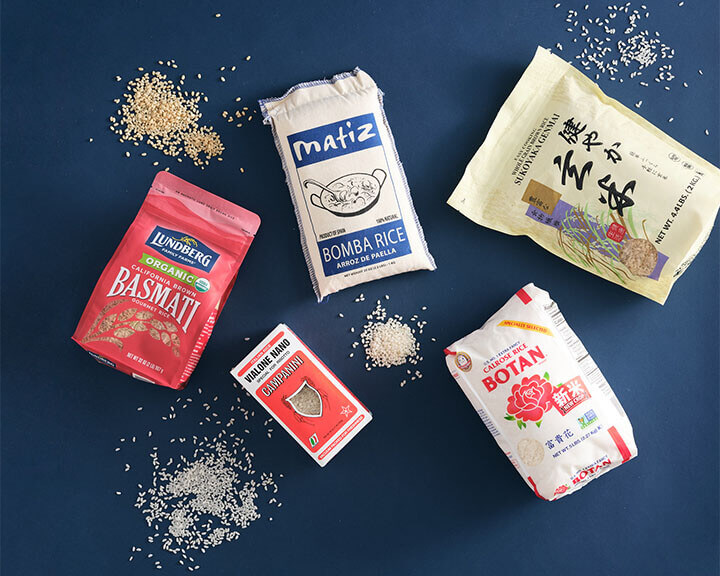101
Asparagus is available year-round, but there is something special about fresh local asparagus. Along with just tasting better, its arrival marks the beginning of Washington’s bountiful produce season—one of our favorite times of year!

Washington Asparagus
Fun fact: Washington state is one of the largest asparagus producers in the United States.
“Washington’s mineral-rich volcanic soils, abundant water supply, warm sunny days, and cool nights provide ideal growing conditions for asparagus.”
– Washington Asparagus Commission
Some of the most productive growing regions in Washington are the Columbia Basin, Yakima Valley, and Walla Walla. Metropolitan Market works with farms to get the freshest and most flavorful asparagus to you immediately after harvesting.
Growing and Harvesting
Asparagus farming requires patience and a tremendous amount of work. It takes up to three years for newly planted asparagus to begin producing. Once established, asparagus provide bountiful harvests for up to 15 years. Stalks grow at an astonishing rate (up to 10 inches per day!) and require daily harvesting during peak season. Every green and purple stalk you eat grew in a single day! White asparagus takes a bit longer. It’s the same plant as green, but it grows under mounded earth preventing it from turning sunlight into green chlorophyll. In Washington, asparagus season runs from mid-April to mid-June. That’s 90+ daily harvests each year! While mechanized harvesters exist, many farmers prefer to do it by hand, one stalk at a time. The average asparagus farm is 57 football fields and takes 50+ workers to get everything to the sorting house on time.


Classifications
Whether green, purple, or white, Washington classifies asparagus in one of five sizes, according to stalk diameter:
Jumbo: 13/16”
Extra Large: 10/16”
Large: 7/16”
Standard: 5/16”
Small: 3/16”
Selecting Asparagus
How do you pick the best bunch? When selecting asparagus, look for vibrant color and sturdy, odorless stalks with dry compact tips. It’s a great sign if the asparagus stalks are upright, standing in shallow water. This prevents them from drying out and losing nutritional value. Choose smaller spears to sauté and jumbo asparagus, which can be more tender, to grill.

Keep It Fresh
Stand your asparagus in a jar with an inch of water and refrigerate. Alternatively, wrap the bottom with a damp paper towel then place it in a plastic bag and refrigerate. Use as soon as possible. Asparagus’ sugar will turn to starch, which diminishes flavor.
Snap or Cut?
Do you snap or cut? There’s no wrong answer. Snapping near the bottom of the stalk is a surefire way to get rid of the woody part without taking too much. Cutting is faster, more precise, and visually cleaner.


Prepping
Asparagus, like any other fruit or vegetable, should be rinsed under cold water. If you’re grilling jumbo asparagus, consider this chef’s tip: peel the lower part of the stalk where it’s thickest and a bit woody to reduce stringiness. This can be done before or after cutting the white part off, but preferably before.
For more information on local asparagus, visit the Washington Asparagus Commission.
Ready to cook? Check out this collection of recipes to celebrate asparagus season!





